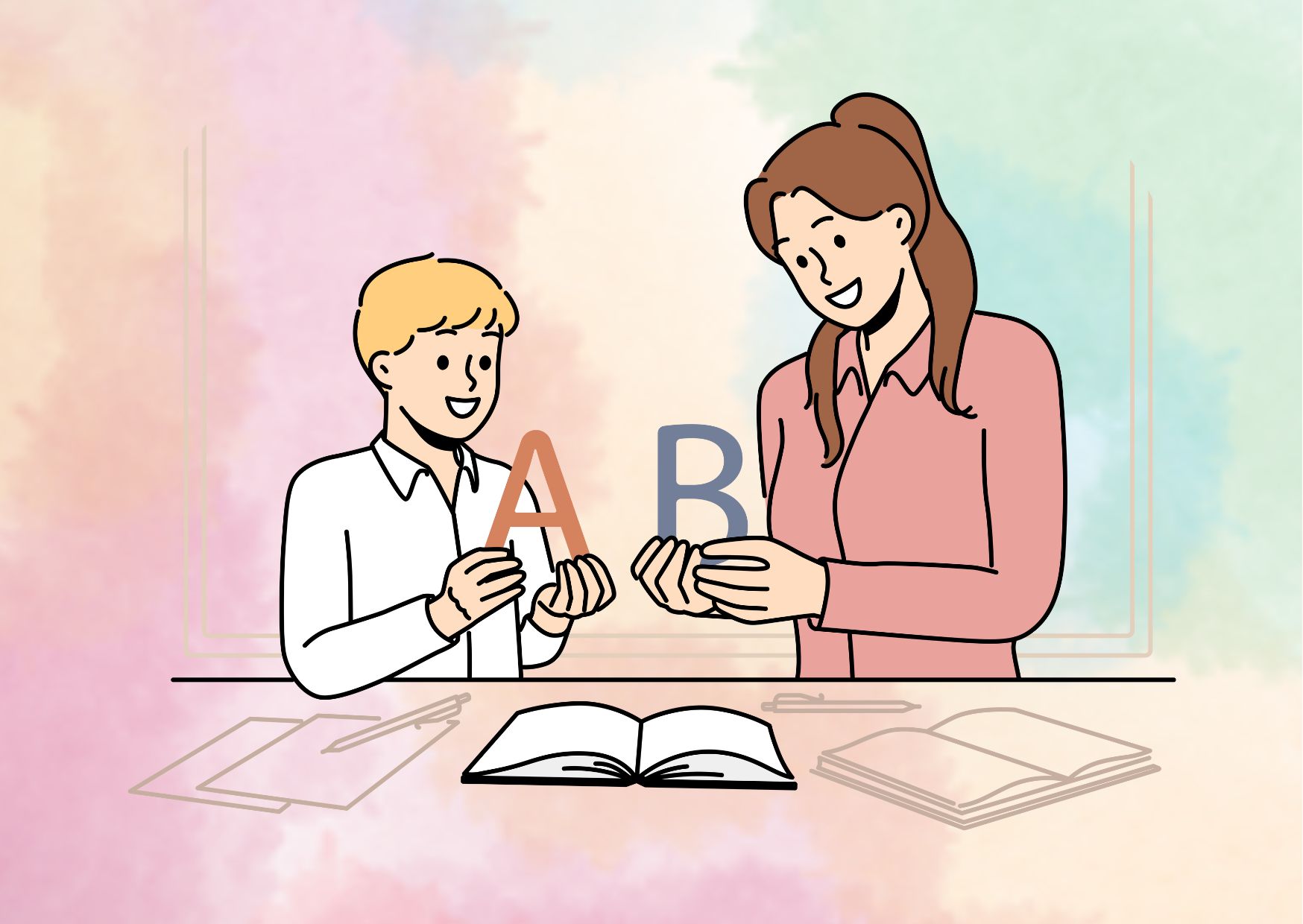Comprehensive Guide to Homeschooling for Beginners
As a parent, I’ve been exploring the world of homeschooling, and it’s truly fascinating. This educational approach has gained popularity in recent years, offering families an alternative to traditional K12 schooling. We’ve seen homeschooling programs evolve, providing diverse options for parents who want to take charge of their children’s education. It’s not just about academics; it’s about shaping a learning environment that fits our kids’ unique needs and interests.
In this guide, we’ll dive into what homeschooling really means and look at the homeschool regulations you need to know. We’ll also talk about how to get started, tackle homeschool challenges, and address the big question: is homeschooling better than traditional schools? Along the way, we’ll explore socialization opportunities, discuss homeschool assessment methods, and even touch on some disadvantages of homeschooling. Whether you’re considering this path or just curious, we’re here to share our love of homeschooling and help you make an informed decision.
What is Homeschooling?
Definition
Homeschooling is an educational approach where parents take charge of their children’s education outside of traditional school settings. As someone who’s embraced this journey, I can tell you it’s a unique and rewarding experience. Homeschooling involves educating school-aged children at home or in various other places, rather than sending them to a conventional school. It’s a flexible method that allows us to tailor our kids’ education to their individual needs and interests.
In our homeschooling program, we usually conduct the teaching ourselves, but sometimes we might work with tutors or online teachers. We have the freedom to use less formal, more personalized methods of learning that aren’t always found in traditional schools. This flexibility is one of the things I love most about homeschooling.
Brief history
The history of homeschooling is fascinating. Before compulsory school attendance laws were introduced, most childhood education was done by families and local communities. It wasn’t until the early 19th century that attending a school became the most common means of education in developed countries.
Homeschooling as we know it today began its resurgence in the 1960s and 1970s. Educational reformists, dissatisfied with industrialized education, started questioning the practice of school learning. This led to an increase in the number of homeschoolers, especially in the Americas and some European countries.
By 1992, homeschooling was officially recognized as a legal option in all 50 states. Since then, it’s grown significantly. In fact, the U.S. Census Bureau reported that over 11% of families were homeschooling in 2020 and 2021. This surge in popularity shows how homeschooling has become a viable alternative to traditional K12 education.
Types of homeschooling
As we’ve explored homeschooling, we’ve discovered that there are several different approaches. Some of the most common types include:
- Traditional (School-at-Home): This method closely resembles the structure of conventional schools, using textbooks, workbooks, and structured lesson plans.
- Classical: This approach organizes education into three categories: Grammar, Logic, and Rhetoric, emphasizing memorization, dialog, writing, and languages.
- Charlotte Mason: This Christian-based philosophy stresses good literature, nature walks, and the formation of good habits.
- Unschooling: This relaxed method emphasizes following a child’s interests and curiosities, with no set curriculum or formal instruction.
- Unit Studies: This approach involves in-depth study of one specific topic, integrating various subjects like geography, science, history, and art.
Each of these methods has its own unique advantages, and many homeschoolers, including us, often use an eclectic approach, combining elements from different styles to create a customized education plan that works best for our children.
Suggestion for read: The Positive Effects of Permissive Parenting
Legal Requirements for Homeschooling
State regulations
When we decided to homeschool, I quickly learned that homeschooling laws vary significantly from state to state. Some states have strict regulations, while others are more relaxed. For example, states like New York, Vermont, Massachusetts, Pennsylvania, and Rhode Island have the highest level of regulation. They require us to notify the state of our intent to homeschool, teach specific subjects, and have our kids take standardized tests.
On the other hand, states like Idaho, Alaska, Texas, Oklahoma, and Missouri have little to no regulation. In these states, we don’t even need to notify anyone that we’re homeschooling. It’s crucial for us to research our state’s specific requirements to ensure we’re complying with the law.
Curriculum requirements
Most states require us to cover certain subjects in our homeschooling programs. These typically include language arts, mathematics, science, and social studies. Some states, like Minnesota, have a longer list of required subjects. In Illinois, for instance, we must teach language arts, mathematics, biological and physical science, social science, fine arts, and physical development and health.
It’s important to note that while states may require certain subjects, they usually don’t dictate specific courses or textbooks. This gives us the flexibility to choose curriculum materials that best suit our children’s learning styles and our teaching approach.
Record keeping
Record keeping is another aspect of homeschooling that varies by state. Some states require us to maintain detailed records, while others have no specific requirements. For example, in Florida, we need to keep a portfolio of records and materials, including a log of educational activities and samples of our children’s work.
Even in states with no specific requirements, it’s a good idea for us to keep thorough records. This can include attendance logs, curriculum plans, progress reports, and samples of our children’s work. These records can be helpful if we ever need to prove the quality of our homeschooling program or if we decide to enroll our children in a traditional school later.
Annual Progress Assessment
In some states, like Georgia, we’re required to write annual progress assessment reports for each child. These reports need to be kept for at least three years. It’s also wise for us to maintain our children’s medical records, including immunization records and health screenings, as we’re now responsible for these aspects of our children’s education.

